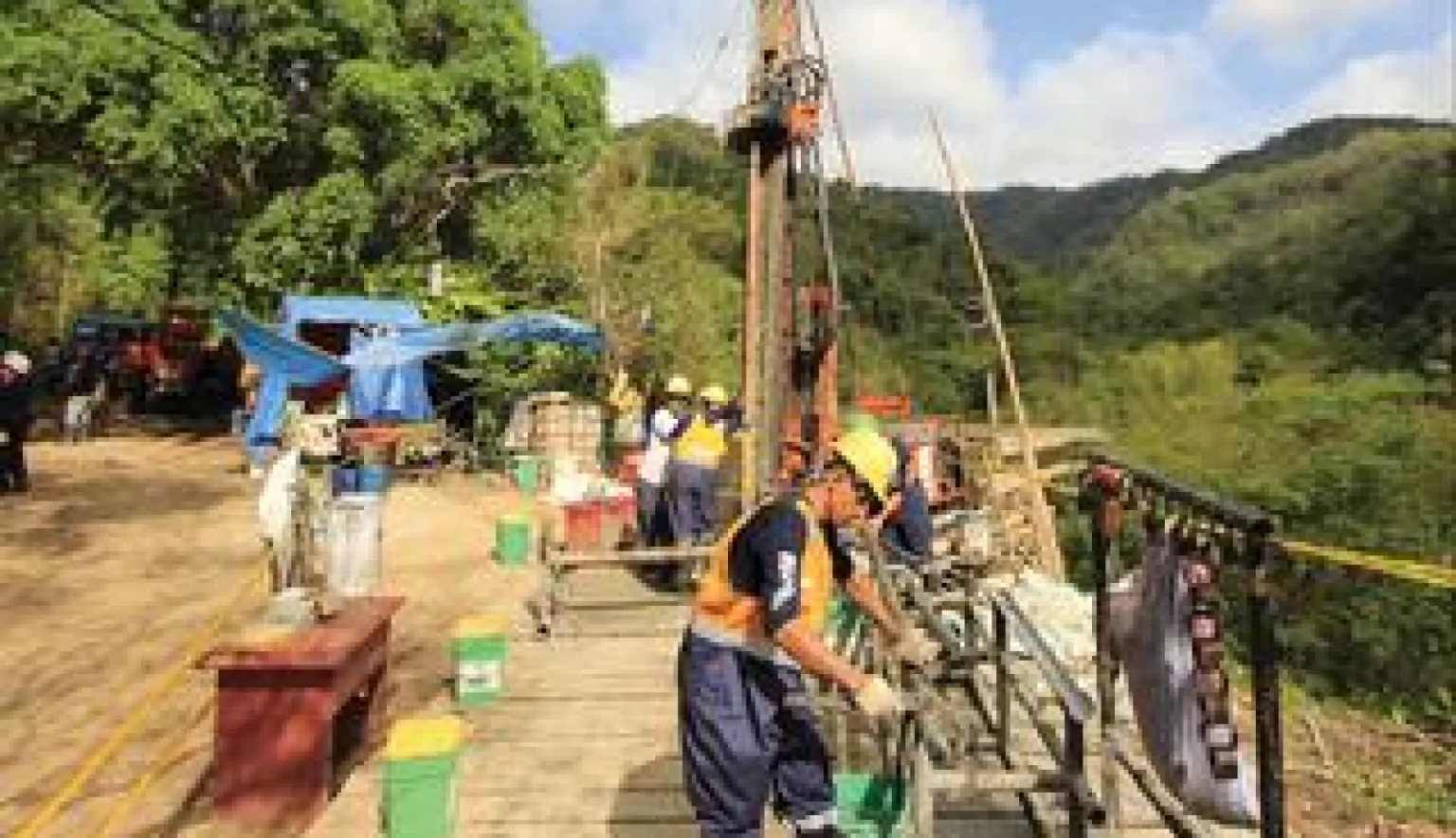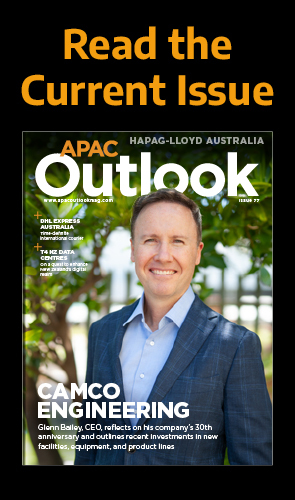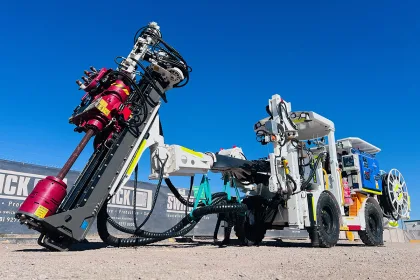Red Mountain Mining is a mineral exploration company focusing on the exploration for gold. The company has a portfolio of projects in the Philippines with the Batangas project being its flagship.
GOING FOR GOLD
Red Mountain Mining is sitting on a goldmine. It’s not often you can read such a sentence and take it literally, but in this instance, it’s the truth. Jon Dugdale, the Australian CEO of this gold exploration and project acquisition firm, recently confirmed the discovery of high-grade gold in the firm’s key project in Batangas. Batangas is located in the Philippines, around 200km south of Manila. “We have a resource already defined of around 400,000oz of gold grading about 2.2 per tonne.” says Dugdale.
At present, Red Mountain Mining is busy completing the scoping study – the first part of a feasibility study into a mine development. After this scoping study is judged complete, the company can head straight into feasibility. It’s a complex process as Dugdale explains: “when you’re exploring you go through a series of stages: testing the soil and the stream sediments – just as the early prospectors did – which is a process that has a moderate to low chance of success. The next stage comes when you’ve actually found some encouragement in the soil sampling, is to excavate trenches through the soil cover and sample mineralisation close to the surface.” Recent very high grade trenching results, up to 1 ounce of gold per tonne, have got Red Mountain Mining to the point at which they will instruct its subcontractors to start drilling. Operations on the ground are carried out by a number of different contractors, including Indodrill, a company with a base in Pampanga. “Once the drilling has proved that you’ve got the sort of grades and widths that you would like to see, and then you can go straight to drilling out of resource,” Dugdale continues. “[At present] we’re at the third stage of scoping and we’re looking at a project producing 30,000oz of high-grade gold from 500,000 tons mined per annum. Through the high grade trenching results we’ve identified the immediate upside potential to speedily deliver additions to our high-grade resource base and to enhance the grade of the resource that we have already. This means we’ll have the potential to deliver an even lower cost of production.”
Red Mountain Mining is working on two main areas of resources on the Batangas project, Archangel and Lobo. “At the moment the focus is defining additional high-grade gold lodes at our lobo properties,” Dugdale states. “Currently [it’s] a smaller, much higher grade resource at lobo – about 45,000oz. But it’s grading at over 7g per ton, so it’s potentially a very low production cost. The other main property, archangel, is a large, lower grade resource of 360,000oz grading 2 g per ton gold. The more gold we find at a higher grade, the better. And the good news is that we’re finding extensions to the high-grade material at lobo as we speak. [Our Filipino workforce] is digging trenches on extensions to the gold lode system.”
He is justly proud of the company’s current setup, which features excellent base case resources and full mining licences on the resource areas “which means we’re more advanced than most exploration companies.”
Another key advantage is the location of the mine: close to Manila and the industrial centre of Batangas. This means the firm has excellent access to infrastructure and low-cost power. “It is a fantastic location,” Dugdale says.
There are some challenges inherent in such an enterprise however, not least the unpredictable Filipino weather. The Philippines typically plays reluctant host to 20 typhoons a year and most of them do affect operations. But Dugdale is confident: “Typhoons are a given. Earthquakes are a given. It’s not like we’re experiencing typhoons where you never get them. We’re ready.” Natural hazards aside, the chief struggle in the mining industry is getting approval for projects: “we’re close to the coast and the Philippines is environmentally sensitive so there’s a good set of rules to comply with. One of the key things [for us] is satisfying the local government and community so that we do the right thing. The subsidiary company that’s operating, that Red Mountain own, has been operating there for twelve years. Our team’s got a very good track record of meeting those challenges.”
Red Mountain Mining is well established in the Philippines and there is obvious pride in the team that the company has put together: “on the ground our team is almost entirely Filipino, with only one ex-pat, Geoff Boswell, (Boswell is the Philippines Country Manager and chairman of RMM’s subsidiary MRl gold inc) who coordinates the business and manages the local team. Indeed, Red Mountain Mining employees around fifty permanent members of staff, with two thirds of its on-the-ground workforce being local to the area. The recruitment process is not a difficult thing, argues Dugdale: “the Philippines has a very well educated and experienced workforce, internationally renowned, so it’s just a matter of finding the best people and treating them properly when you get them. That team’s been built up over a long period, it’s about putting the effort in and making sure you have people that are based in the country who know what to look for.”
The greatest challenge facing junior companies such as Red Mountain Mining is raising sufficient funding when required. “It [the funding requirements] goes through a series of stages: the last equity raising was really for exploration, but also for the scoping study. These initial stages will complete by the first quarter of next year. Then we’ll need to look at our next stage – more exploration drilling to firm up those high-grade resources then potentially a feasibility study into the project development.” The length of this further feasibility stage will vary depending on how extensive the study becomes: “it depends whether we want to take it all the way through to bankable or whether we just want to complete a smaller study into a more modest, locally funded project development, then submit it to the Philippines permitting system.” Dugdale is reluctant to provide a precise amount or timing on raising further funds: “First, we’ll deliver the scoping study and the additional exploration. after that we’ll either take advantage of a stronger share price that has responded to our good results or we may look to bring in a strategic investment partner at the project level.” overall, Dugdale seems confident in the project’s long term prospects: “we have high-grade gold, at surface, with potential for very low production costs.” it really is a golden opportunity.



































